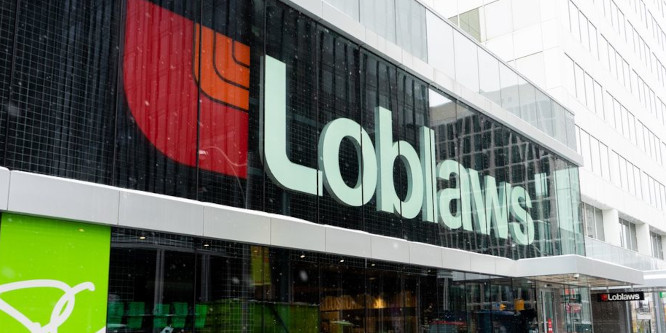
Source: Facebook | Loblaw
Loblaw, Canada’s largest grocer, is closing its third-party online marketplace, launched three-and-a-half years ago, to focus its website on grocery and pharmacy.
“We launched the online marketplace in late 2019 to understand how complementary products could extend our aisles online,” Loblaw said in a media statement. “While we’ve learned a lot about what customers are looking for in their online assortment, given the rapid change in e-commerce over the past three years, we’re winding down our marketplace and focusing on our core grocery and pharmacy online shopping experiences.”
In launching the site in November 2019, Loblaw billed Marketplace as “the largest range of products available to Loblaw customers to date,” offering expanded online offerings across baby, toy, home, kitchen and pets.
The Globe and Mail said that Loblaw “faced stiff competition” from other major online marketplace sellers, including Walmart and Amazon,com, which sell groceries.
The Globe and Mail’s report also noted that Canada’s Hudson’s Bay had temporarily suspended its marketplace, launched in 2021, to cull underperformers. Hudson’s Bay told the newspaper the changes “in no way reflects performance” and it remains committed to the strategy.
Walmart launched its online marketplace in 2009, followed by Best Buy in 2011 and Staples in 2014. More arrived in recent years, including online marketplaces from Albertsons in 2018, Target in 2019, Kroger in 2020, Giant Food in 2021, and Macy’s in 2022.
Most major chains haven’t recently highlighted their third-party marketplace progress. Macy’s, on its fourth-quarter analyst call, said over 90 percent of marketplace customers buy its merchandise.
“Marketplace, number one, captures incremental sales opportunity in categories and brands where we have historically limited offers, such as video games and electronics; two, drives a larger average order value and higher units per order; three, allows us to quickly move into new and adjacent categories without inventory risk; four, gives our customer more choice at scale; five, enables us to shift channels for certain customer-wanted brands that do not have a high velocity of sell-throughs; and six, attracts a new, younger customer,” said Jeff Gennette, Macy’s CEO.


Leave a Reply
You must be logged in to post a comment.